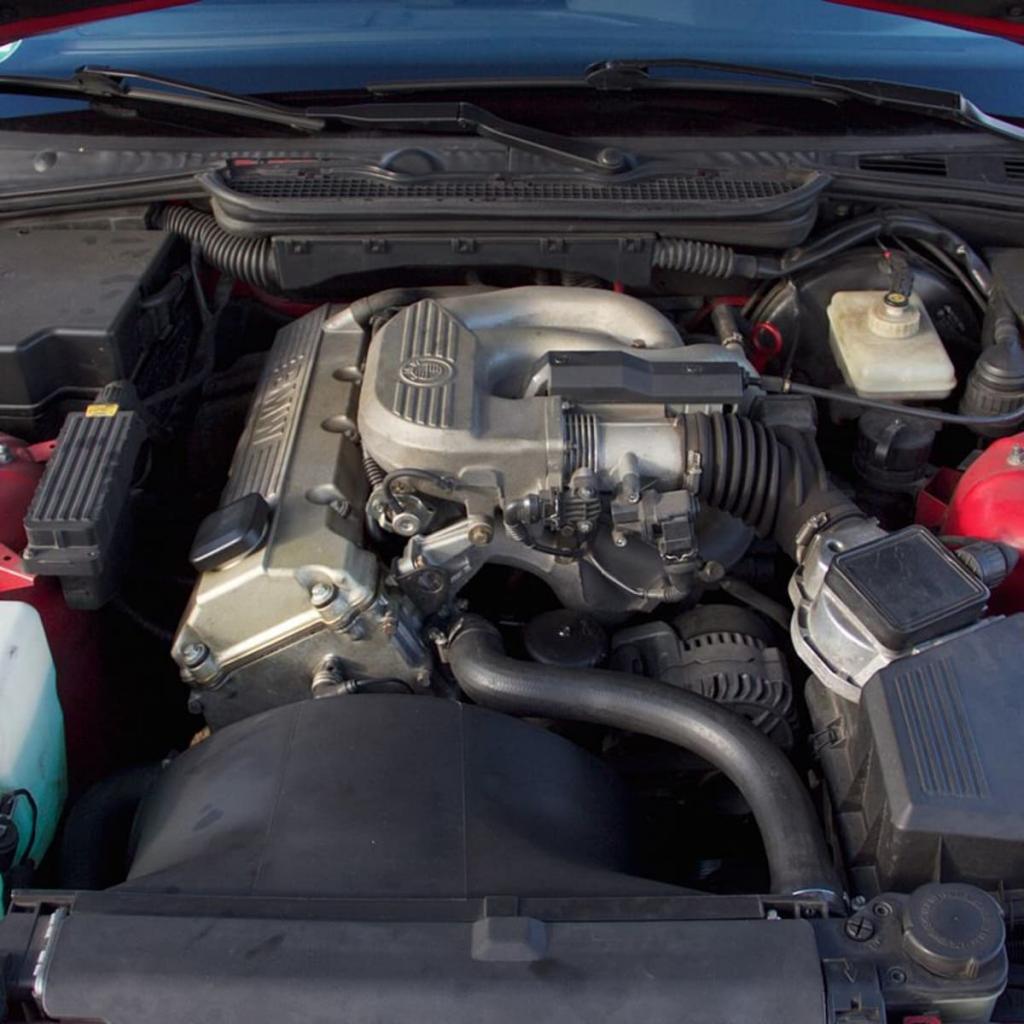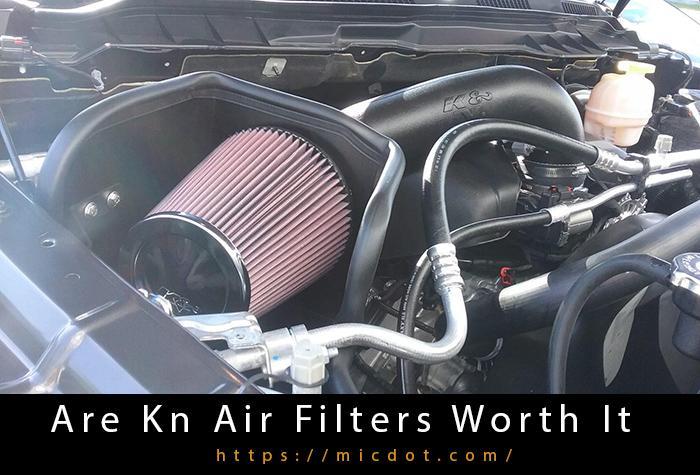People have been mentioning that their coolant is malfunctioning. Your engine’s coolant should be circulating. In other words, if the coolant in your engine isn’t circulating, you may have a problem. In other words, how do you tell if your coolant isn’t circulating? Coolant isn’t circulating if your car heats up quickly or if the impeller of your water pump is rusty or damaged. You need to figure out why your coolant isn’t circulating before you can fix it.
You’ll need to do a thorough investigation to discover why your coolant isn’t flowing. It’s always possible to have an expert or a mechanic perform the diagnosis for you if time is of the essence. However, there are motorists who are eager to work in this field. If you learn about it, you’ll be able to handle it if you ever run across the same issue again, which is a good thing. As a result, if your engine isn’t turning over, something may be amiss.Let’s get started with this essay and talk about that in more detail.
You Are Watching: Coolant Not Circulating Through Engine Updated 04/2024
What Causes Coolant To Not Circulate?
If your coolant isn’t moving, it could be for a variety of reasons. Your water pump impeller must first be checked for damage or corrosion. If your alternator’s drive belt is broken, you’ll need to replace it. Radiator thermostats can also malfunction. Coolant may not be circulating for any of the above causes. To figure out what’s really going on and what you can do about it, you’ll have to go through each one.
How Do I Know If My Coolant Is Circulating?
Thermostats need to be tested regularly. Make sure that the line that exits the radiator is heated to see if your thermostat is operating. If your radiator is clogged, the coolant will circulate more slowly, increasing the temperature while you’re stuck in traffic.

How Can I Make My Coolant Circulate?
Assume your system’s coolant is moving freely and sufficiently. Once the vehicle reaches its operating temperature, a faulty thermostat may be to blame, preventing the coolant from flowing. Alternatively, it may be due to a clogged rad or a faulty thermostat preventing water from flowing.
How Do I Know If My Radiator Is Blocked, Not Circulating Coolant?
It’s imperative that you check for coolant leaks. A lack of coolant circulation in a radiator might result in the coolant leaking into other parts of the car. A dip of coolant in the following should prompt you to check your radiator. You should also look for discolored or thicker coolant. Keep an eye out for changes in viscosity and color in your coolant. Some other pollutants may be present if the substance is rusted or slimy.
And it will turn a muddy brown tint as a result of this. Also check to see whether the water pump is broken. To keep your water pump from overheating, you must clean your radiator. Gauge temperature readings might also be excessively high. Overheating might cause your engine temperature gauge to read higher than normal. This can be caused by radiator fins that have been clogged or damaged.
Coolant Not Circulating Through Engine: What To Do?
If your engine’s coolant isn’t flowing, this is a good indicator to look out for. Coolant circulation issues can arise for a number of different causes. You need to look for coolant leaks. You must inspect the coolant for discoloration. Make sure your radiator isn’t clogged and that your water pump isn’t broken before you proceed.
The first step is to figure out why this is happening. To fix an issue, you need to know the root cause. Prior to addressing a problem, you must identify its root cause.

Coolant Not Circulating Through Radiator: What To Do?
Read More : Listening to Radio With Engine Off Updated 04/2024
The reason why must be investigated. To fix an issue, you need to know the root cause. Find out what’s causing the problem before you try to remedy it. Coolant circulation issues can arise for a number of different causes. You need to look for coolant leaks.
Discolored coolant must be looked for. Make sure your radiator isn’t clogged and that your water pump isn’t broken before you proceed.
Coolant Not Circulating Through Heater Core: What To Do?
There’s no way to repair an issue without first finding out what’s causing it. Prior to addressing a problem, you must identify its root cause. Coolant circulation issues can arise for a number of different causes. You need to look for coolant leaks. You must inspect the coolant for discoloration.
Chevy Cruze Coolant Not Circulating: What To Do?
Coolant circulation issues can arise for a number of different causes. You need to look for coolant leaks. Discolored coolant must be looked for.
Make sure your radiator isn’t clogged and that your water pump isn’t broken before you proceed. Find out why something is happening. Unsolved problems will remain unsolved. This means finding out the root reason before making any fixes.
Audi A4 Coolant Not Circulating: What To Do?
Use this as a guide if your Audi A4’s coolant isn’t flowing. To begin, look for any signs of coolant leakage. If you find discolored coolant, you’ll need to inspect the rest of the system. It’s also important to inspect the water pump for leaks or the radiator for clogs. Find out why something is happening.
F150 Coolant Not Circulating: What To Do?
If you don’t know what’s causing a problem, you can’t remedy it. Find out what’s causing the problem before you try to remedy it. Coolant circulation issues can arise for a number of different causes. You need to look for coolant leaks. Discolored coolant must be looked for.
5.3 Coolant Not Circulating: What To Do?
Coolant circulation issues can arise for a number of different causes. You need to look for coolant leaks. Discolored coolant must be looked for. Make sure your radiator isn’t clogged and that your water pump isn’t broken before you proceed. The first thing you can do is find out why it happened in the first place.
To fix an issue, you need to know the root cause. Find out what’s causing the problem before you try to remedy it.
G35 Coolant Not Circulating: What To Do?
The first step is to figure out why this is happening. Knowing the source of an issue is useless when trying to resolve it. Find out what’s causing the problem before you try to remedy it. Coolant circulation issues can arise for a number of different causes. You need to look for coolant leaks. Discolored coolant must be looked for. Make sure your radiator isn’t clogged and that your water pump isn’t broken before you proceed.

E46 Coolant Not Circulating: What To Do?
Read More : How To Identify Transmission By Vin Updated 04/2024
Use this as a reference if your E46’s coolant isn’t flowing. To fix a problem, you must know what it is. This means finding out the root reason before making any fixes. Coolant circulation issues can arise for a number of different causes.
To begin, look for any signs of coolant leakage. Second, look for coolant that has become discolored.
22re Coolant Not Circulating: What To Do?
Find out what’s causing the problem before you try to remedy it. Coolant circulation issues can arise for a number of different causes. You need to look for coolant leaks. Discolored coolant must be looked for. Make sure your radiator isn’t clogged and that your water pump isn’t broken before you proceed.
Find out why this is the case. There’s no way to repair an issue without first finding out what’s causing it.
Subaru Coolant Not Circulating: What To Do?
Coolant circulation issues can arise for a number of different causes. The following are some examples. A Leaking Coolant Needs to Be Checked.
You must inspect the coolant for discoloration.
You’ll need to inspect your water pump or radiator to see whether it’s clogged.
E36 Coolant Not Circulating: What To Do?
Find out why something is happening. To fix an issue, you need to know the root cause. Find out what’s causing the problem before you try to remedy it. Coolant circulation issues can arise for a number of different causes. You need to look for coolant leaks. Discolored coolant must be looked for. Make sure your radiator isn’t clogged and that your water pump isn’t broken before you proceed.
Summary
To summarize, the coolant can cause a slew of issues. Some customers have reported that their coolant isn’t flowing through their system.
It’s possible that you’ll run across the same issue. With that in mind, refer to the instructions listed above for guidance.

Sources: https://micdot.com
Category: Car










